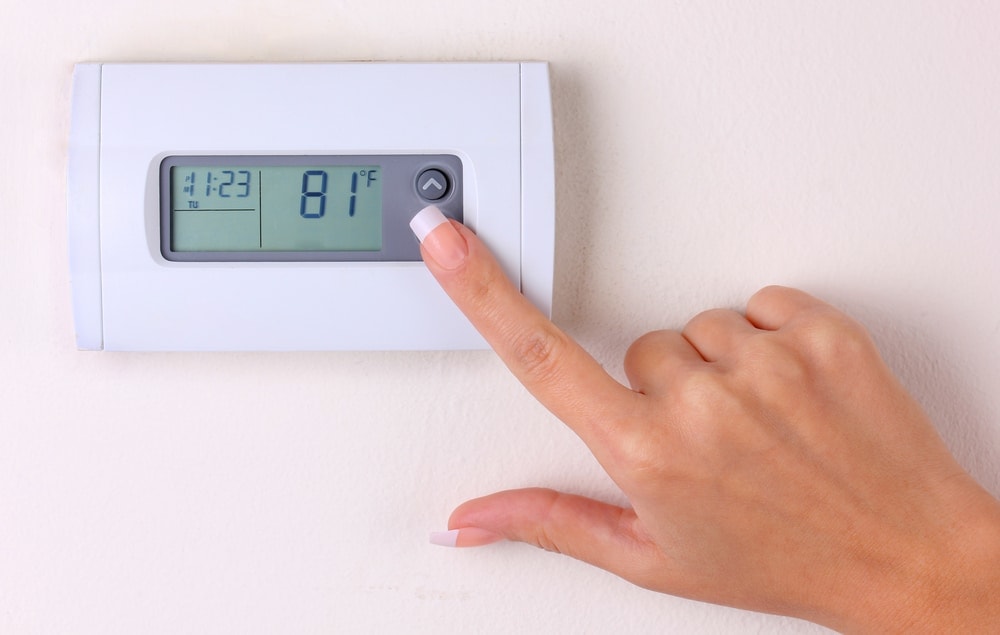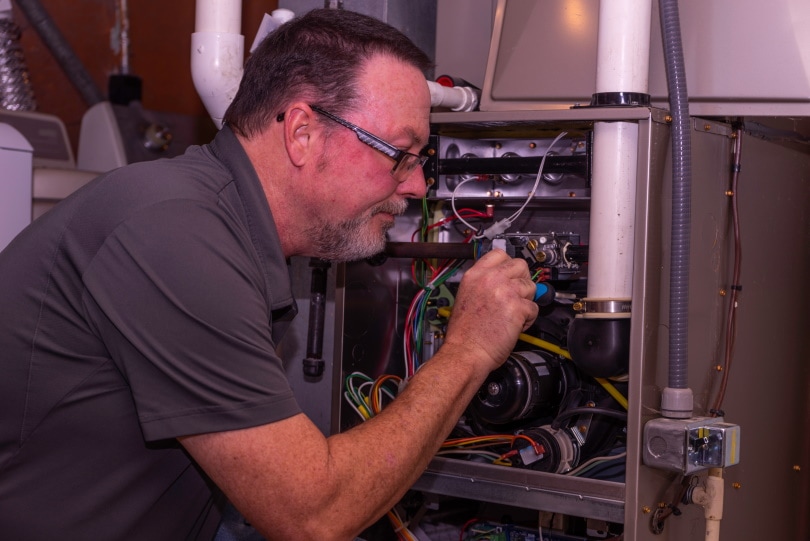When Should I Turn on the Heat in My House? Facts & FAQs
-
Codee Chessher
- Last updated:

When it starts feeling a little chilly in the early fall, you’re probably tempted to turn the heat on. Every area is different, but this can be as early as September or as late as December. On average, 30% of your yearly electricity bill is thanks to your heating system. If you eschew turning on your heat by wearing more layers, you can substantially cut down on this figure.
So, when exactly should you turn on your heat? In general, we’d recommend turning the heat on when the indoor temperature is 65°F. If you have young children or seniors in your home, you may wish to turn on the heat a little sooner, as those demographics are sensitive to low temperatures. Better insulated homes will have some buffer time before they need the heat to be turned on.
Unfortunately, there’s no catch-all timing that works for everyone. Some homes are more insulated than others, so they can hold off until a little later in the year. When the temperature drops outside in the fall, it may fluctuate between cold and hot for a while, so you may not need the heat every day.
In many areas, it remains hot during the day and cold at night during fall, so you may only need the heat at night. The cool air is normally a nice reprieve from the harsh summer heat at this time, but use your best judgment to determine when it’s too cool.
Should I Test My Heat?
Yes, you should definitely test your home’s heat before you need it. Around August or so, we’d suggest testing your heating system to ensure it’s working correctly. Try cranking the heat up by about 5°F to ensure your home starts warming up.
To help make the transition smoother on your heating system, crank it up at intervals of 1–2 degrees. Assuming you haven’t used the heat in a while, testing it this way will make it easier on the system. If it gets too uncomfortable in your home when you’re doing this, you can open a window to disperse the heat.
Don’t leave the heat on for too long when you’re testing it, as it takes a lot of electricity to run. As soon as you confirm that the heat works properly, you can turn your HVAC system to your preferred setting.
If your heat doesn’t work correctly when you test it, we recommend you call an HVAC professional. They’ll be able to diagnose what’s wrong with it and give a quote for how much it will cost to fix. It’s definitely advisable you do this before you actually need your heat. There’s little else more miserable than suffering a cold winter’s night without any source of warmth!

What Temperature Should I Set My Heat To?
We suggest aiming for 68°F in the winter to save money on your electric bill, but that’s not feasible for everyone. Some people are more sensitive to the cold, in which case 70°F or 72°F are good places to start. Setting your heat any higher may be more comfortable, but you’ll pay more on your bill.
If you value being comfortable more than potential savings, set your thermostat to whatever temperature is most comfortable for you. Definitely consider turning off the heat when you’re not home unless you have pets, small children, or seniors at home.
Conclusion
Turning on the heat in the winter is the best way to stay nice and cozy, at the expense of a higher electricity bill, of course. Start turning on the heat when it gets below 65°F indoors and consider cutting corners to save money if it’s feasible for your home.
Featured Image Credit: bestv, Shutterstock
